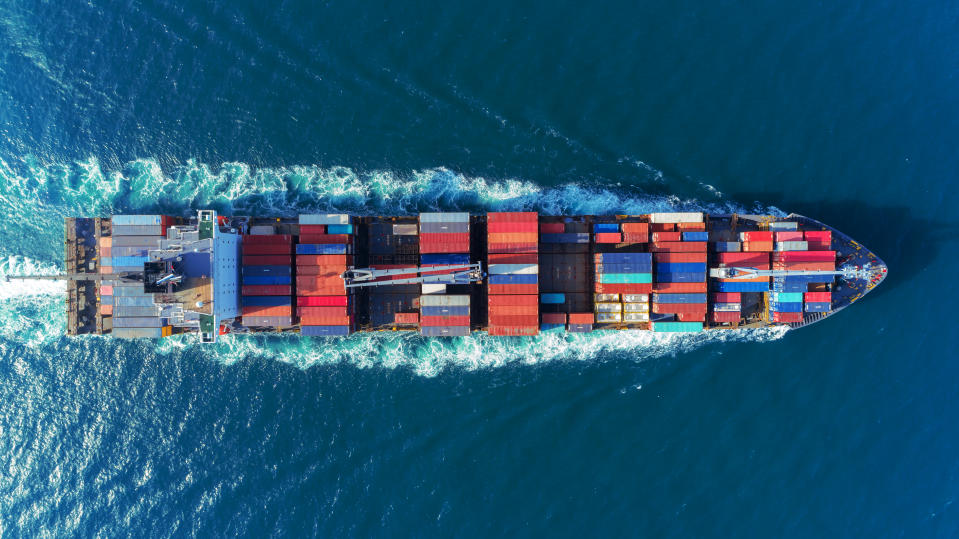Asian leaders to sign huge deal on new free trade zone

Asian leaders are due to sign a huge trade deal this weekend that has been nearly a decade in the making.
The ten members of the Association of Southeast Asian Nations (Asean), China, Japan, South Korea, Australia, and New Zealand are set to create a new free trade zone that will be bigger than both the US-Mexico-Canada Agreement and the European Union.
The members make up nearly a third of the world's population and account for 29% of global gross domestic product (GDP).
The deal, known as the Regional Comprehensive Economic Partnership (RCEP), is expected to be signed as the Asean conference gets underway this weekend.
RCEP is expected to save members from paying a range of tariffs on imports within the next two decades.
The deal also covers intellectual property, telecommunications, financial services, e-commerce and professional services.
Watch: Why can't governments just print more money?
READ MORE: Travel firms and airlines on edge as UK to announce quarantine rule change 'very soon'
New “rules of origin” — which officially define where a product comes from — outlined in the agreement will mean parts from any member nation will be treated equally, which could give companies in RCEP countries an incentive to look within the trade region for suppliers.
Currently, many member states have free trade agreements (FTA) with each other, but limitations mean that businesses with global supply chains have to pay tariffs even within an FTA because their products contain parts that are made in other countries.
“The existing FTAs can be very complicated to use compared to RCEP,” Deborah Elms from the Asian Trade Centre told the BBC.
RCEP was launched in 2012 as an Asean initiative but is regarded by many as a China-backed alternative to the Trans-Pacific Partnership (TPP), a proposed trade deal that included many Asian countries but not China.
Twelve member states signed the TPP in 2016 before then US president Donald Trump pulled the US out of the deal in 2017.
The remaining members went on to form the Comprehensive and Progressive Agreement for Trans-Pacific Partnership (CPTPP) which cut tariffs further and included more provisions on labour and the environment than the RCEP.
READ MORE: European stocks fall as COVID-19 numbers worry investors
RCEP includes countries that have previously had difficult diplomatic relationships, such as China and Japan.
India was also part of the negotiations, but withdrew in 2019, over worries that lower tariffs could affect local producers.
Speaking at an online event at the Peterson Institute of International Affairs, Australia's former prime minister Malcolm Turnbull said the new deal was old-fashioned.
“There'll be some hoopla about the signing and the entry into force of RCEP. I mean RCEP is a really low ambition trade deal. We shouldn't kid ourselves,” said Mr Turnbull, who signed Australia up to the TPP.
Watch: What does a Joe Biden presidency mean for the global economy

 Yahoo Finance
Yahoo Finance 